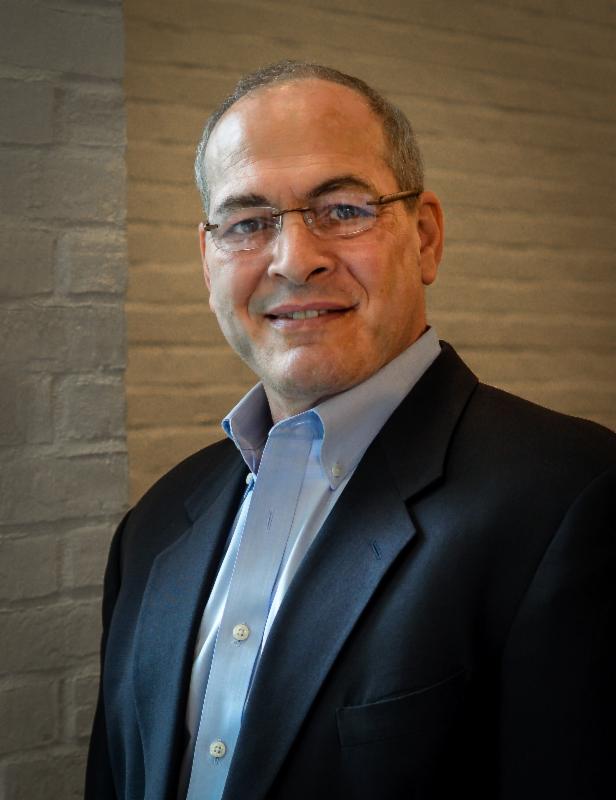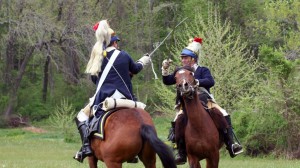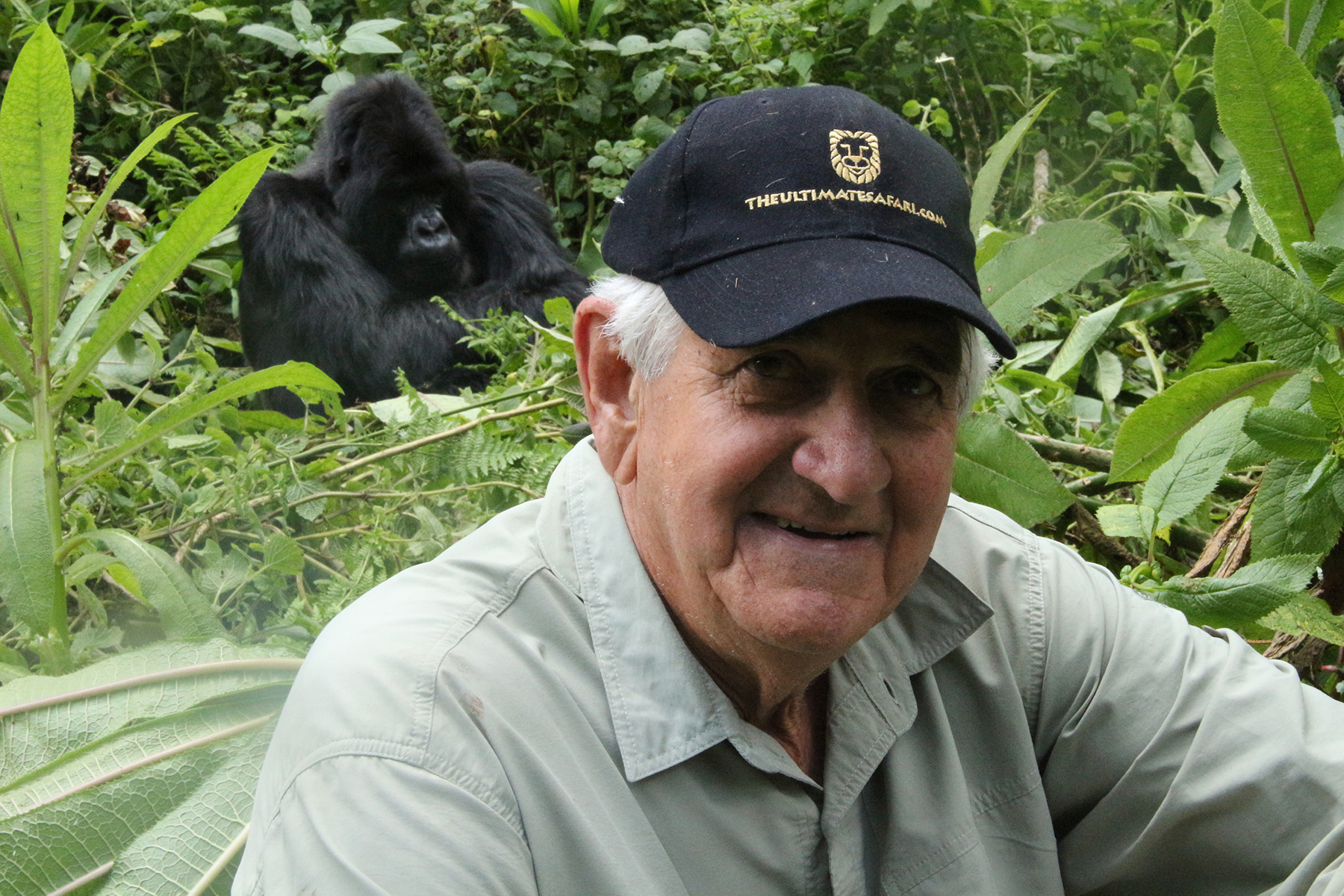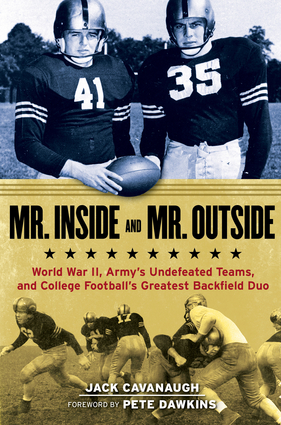 The Battle of the Bulge (16 December 1944 – 25 January 1945) was a major German offensive campaign launched through the densely forested Ardennes region of Wallonia in Belgium, France and Luxembourg on the Western Front toward the end of World War II in Europe. Hitler planned the offensive with the primary goal to recapture the important harbor of Antwerp. The surprise attack caught the Allied forces completely off guard. United States forces bore the brunt of the attack and incurred the highest casualties for any operation during the war. The battle also severely depleted Germany’s war-making resources.
The Battle of the Bulge (16 December 1944 – 25 January 1945) was a major German offensive campaign launched through the densely forested Ardennes region of Wallonia in Belgium, France and Luxembourg on the Western Front toward the end of World War II in Europe. Hitler planned the offensive with the primary goal to recapture the important harbor of Antwerp. The surprise attack caught the Allied forces completely off guard. United States forces bore the brunt of the attack and incurred the highest casualties for any operation during the war. The battle also severely depleted Germany’s war-making resources.
The battle was known by different names. The Germans referred to it as Unternehmen Wacht am Rhein (“Operation Watch on the Rhine”), while the French named it the Bataille des Ardennes (“Battle of the Ardennes”). The Allies called it the Ardennes Counteroffensive. The phrase “Battle of the Bulge” was coined by contemporary press to describe the way the Allied front line bulged inward on wartime news maps and became the best known name for the battle.
The German offensive was supported by several subordinate operations known as Unternehmen Bodenplatte, Greif, and Währung. As well as stopping Allied transport over the channel to the harbor of Antwerp, these operations were intended to split the British and American Allied line in half, so the Germans could then proceed to encircle and destroy four Allied armies, forcing the Western Allies to negotiate a peace treaty in the Axis Powers’ favor. Once that was accomplished, Hitler could fully concentrate on the eastern theatre of war.
The offensive was planned by the German forces with utmost secrecy, minimizing radio traffic and moving troops and equipment under cover of darkness. Despite their efforts to keep it secret, the Third U.S. Army’s intelligence staff predicted a major German offensive, and Ultra indicated that a “substantial and offensive” operation was expected or “in the wind”, although a precise date or point of attack could not be given. Aircraft movement from the Russian Front and transport of forces by rail, both to the Ardennes, was noticed but not acted upon, according to a report later written by Peter Calvocoressi and F. L. Lucas at the code-breaking centre Bletchley Park.
Near-complete surprise was achieved by a combination of Allied overconfidence, preoccupation with Allied offensive plans, and poor aerial reconnaissance. The Germans attacked a weakly defended section of the Allied line, taking advantage of heavily overcast weather conditions, which grounded the Allies’ overwhelmingly superior air forces. Fierce resistance on the northern shoulder of the offensive around Elsenborn Ridge and in the south around Bastogne blocked German access to key roads to the northwest and west that they counted on for success; columns that were supposed to advance along parallel routes found themselves on the same roads. This and terrain that favored the defenders threw the German advance behind schedule and allowed the Allies to reinforce the thinly placed troops. Improved weather conditions permitted air attacks on German forces and supply lines, which sealed the failure of the offensive. In the wake of the defeat, many experienced German units were left severely depleted of men and equipment, as survivors retreated to the defenses of the Siegfried Line.
About 610,000 American forces were involved in the battle, and 89,000 were casualties, including 19,000 killed. It was the largest and bloodiest battle fought by the United States in World War II.
Art Gottlieb is a local historian on subjects of political and military history. He was formerly a professional curator of naval history and the Technical Director of Exhibits at the Intrepid Sea-Air-Space Museum in New York City. In these roles, Mr. Gottlieb worked regularly with veterans of all services towards the creation of exhibits accurately illustrating the history of 20th century warfare.
From 1989 through 1997, Mr. Gottlieb coordinated with all branches of the armed services and National Guard towards the preservation of historic ships, aircraft and armor from around the world, and has facilitated the recovery of scores of artifacts from warships slated for demolition from reserve fleets.
For the past 10 years Mr. Gottlieb has refocused his professional efforts towards reaching out and addressing the growing needs of aging veterans and their families. In addition to maintaining a private practice as a Counselor and Certified Senior Advisor in Norwalk, CT, he is a field instructor for Sacred Heart University. Mr. Gottlieb offers Pro Bono counseling services to soldiers returning from Iraq and Afghanistan.
Mr. Gottlieb served as an Auxiliary Officer of the United States Coast Guard for 17 years and for 4 years was Commander of Flotilla 7-2, Division 1 (Southern Region), Sector Long Island Sound North.
Arranged by Alex Garnett










